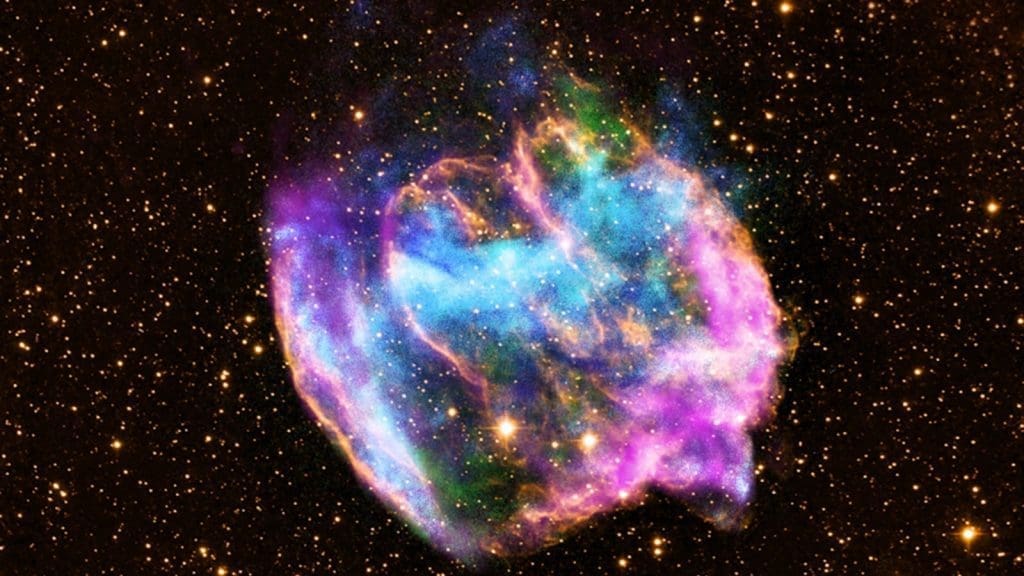The newest space telescope, James Webb, continues to make history by discovering what may be the furthest galaxy ever seen. It could have discovered its first supernova right now. According to Inverse, scientists working with Webb think they have seen a supernova using the NIRCam equipment.
They discovered a bright object that could be a star that just went supernova by comparing the James Webb Telescope data to data obtained using Hubble. When a huge star exhausts all of its fuel and reaches the end of its life, a supernova results. The star explodes in a huge explosion that emits a lot of light as it falls, ejecting a lot of its material. This light can be seen for a very long distance since it is so brilliant. One of these brilliant flashes was seen by Webb in the galaxy
James Webb Telescope Detects A Young Supernova
SDSS.J141930.11+5251593. Five days apart, the James Webb Telescope observed the galaxy twice, and in the second observation, the flash was less intense, indicating that the galaxy may be fading over time. Even given Webb’s extraordinary sensitivity, this result still comes as a bit of a surprise. Supernovae are fleeting occurrences, which means that you have to be lucky to see one of them when it occurs.
Although the explosion officially occurred billions of years ago, we are just now becoming aware of it since it takes some time for the light to reach us from the other galaxy. Although James Webb Telescope was not intended to identify supernovae, scientists are making the most of the information they have so far and using it in unexpected ways. The benefit of using Webb to view this type of target is that it can observe the region surrounding the supernova to examine its impacts and the aftermath of such a massive explosion.
Knowing more about supernovae is crucial for gauging the universe’s expansion as well as comprehending the life cycles of stars. Because they have constant brightness levels and can be viewed at a vast distance, Type 1a supernovae are used as “mile markers” to gauge distances.



